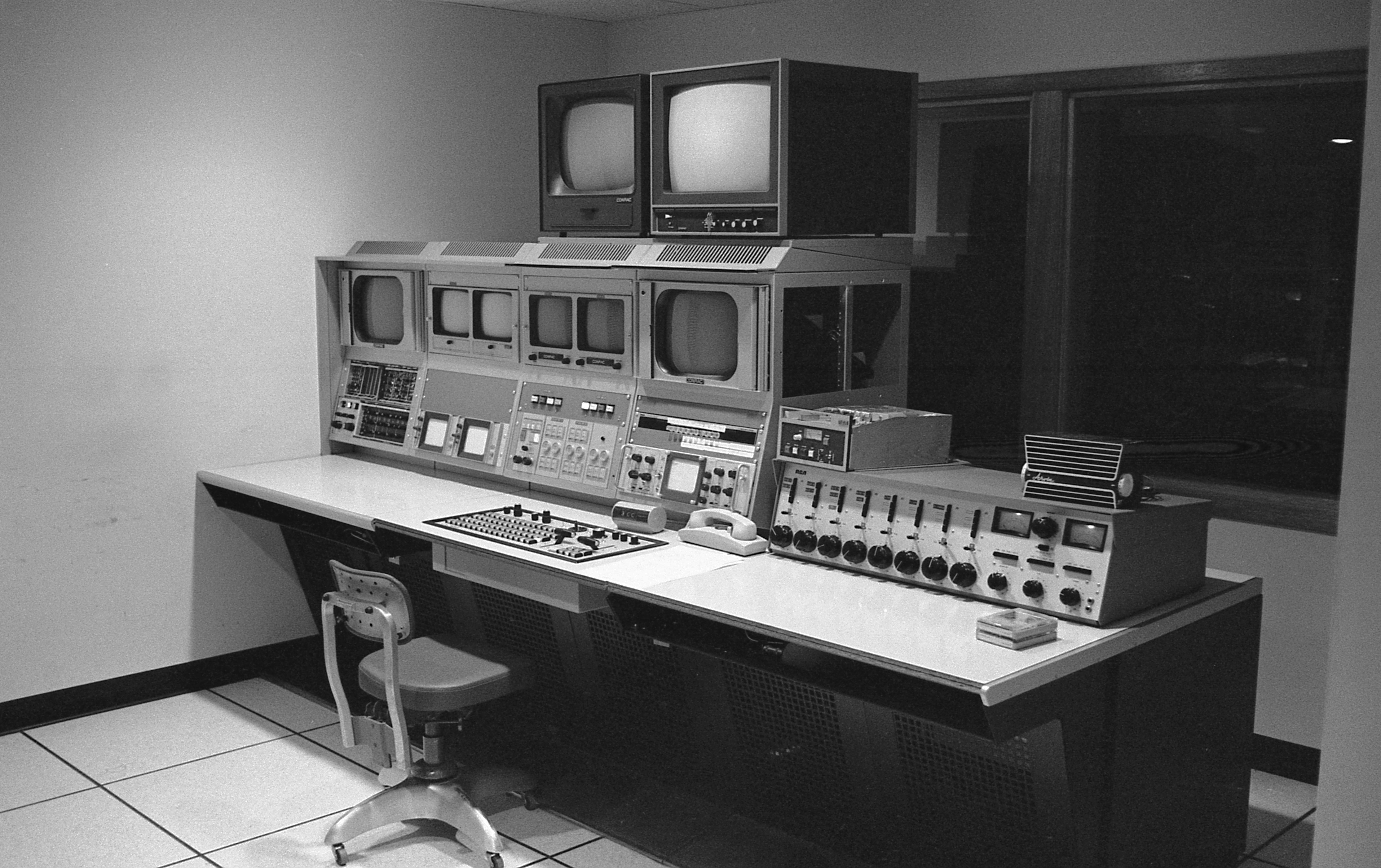When businesses make the effort to guard themselves against growing and evolving cyber threats, they often think of things like email security, malware protection, and other similar measures. While protective software is vital to success, many businesses overlook the importance of updating and replacing legacy technology.
While it might seem cost-effective to continue using outdated technology that is already paid for, the risks far outweigh the benefits. Continuing to use legacy tech is like walking on thin ice; you might get away with it for a while, but eventually, it becomes a risk you can’t afford to take. The question is not if it will fail, but when.
The Dangers of Legacy Tech
As cybercriminals develop increasingly sophisticated ways to access their targets, one of the most important things businesses can do is to stay at the forefront of cyber security innovation to stay protected. Legacy systems, like on-premises Exchange, are often seen as easy targets by cybercriminals. These systems often have known vulnerabilities that have not been patched, making them simple for criminals to exploit.
Exposure Risks
When you rely on outdated technology, you're leaving your valuable data exposed to potential threats. This can lead to multiple consequences, including:
- Data breaches: A data breach is no laughing matter. Oftentimes sensitive information is leaked like bank accounts, personnel files, or even customer information and data.
- Reputational damage: News of a data breach can spread like wildfire. This can have a ripple effect, making it difficult to repair current customer trust and win new customer business.
- Costly downtime: Outdated systems are more prone to crashes and failures. This can result in significant downtime, which can be costly both in terms of lost revenue and the resources required to get things back on track.
The Importance of Compliance
With the dangers of legacy tech in mind, there are a few measures businesses can take in order to protect themselves:
- Transition to the Cloud: By opting for cloud-based solutions, businesses simplify GDPR compliance by offloading some of that responsibility. This means they don't have to handle all compliance measures independently, which can be a significant relief, especially for businesses without dedicated compliance teams.
- Get new Hardware: For businesses where a cloud transition isn’t feasible, like those with on-prem operations, updating legacy hardware is a necessity to counteract the risks that come with legacy tech.
Conclusion
Holding onto outdated technology is like holding onto a sinking ship. To protect your business assets, update your legacy tech as soon as possible. Do you have questions about this topic? Reach out to us at any time and we can assist you. Take steps towards protecting yourself today before it’s too late.

